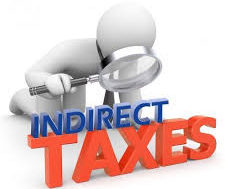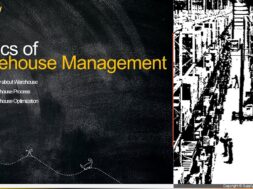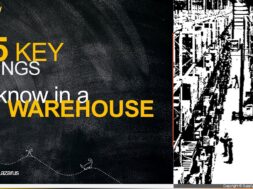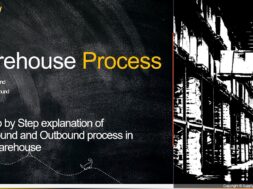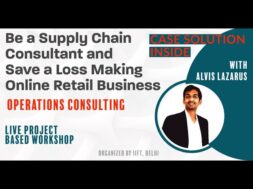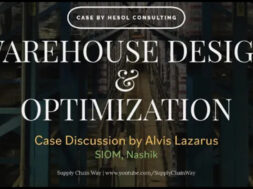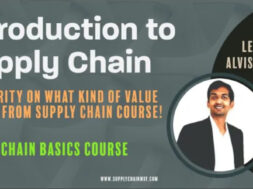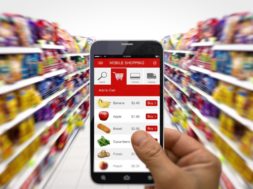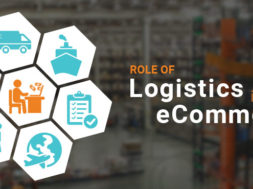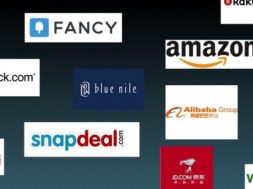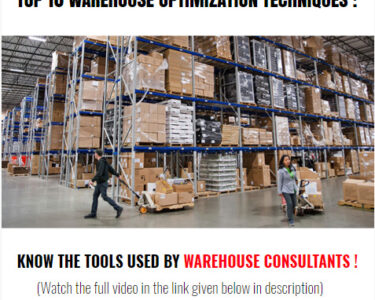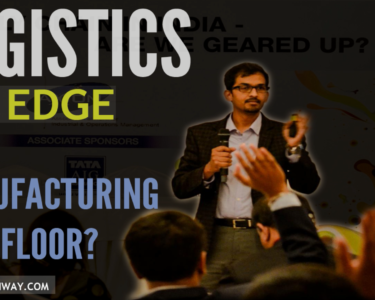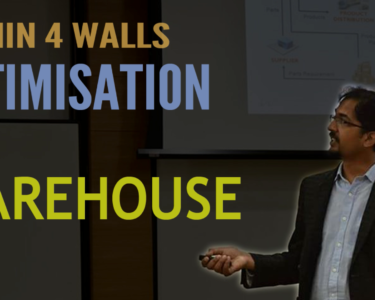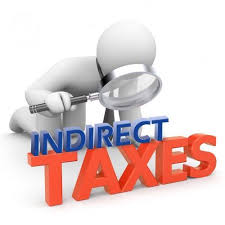
Indirect Taxation for different E-Commerce Models
E-COMMERCE INDUSTRY – Struggling but Tons of potential OPPORTUNITIES still there to grab!!!
E-Commerce Industry is one such Industry which lots of ups and downs. Grabbing a share of more than 60% of total VC Funding, Internet users in India posed to reach 900 million in 2020 and Indian internet market expected to reach $150 billion by 2020 – it’s all great news for this Industry. But,
“E-Commerce Industry is not yet organized due to incomplete policies and lot of prevailing grey areas. It also adds much more complexity to already complicated Indirect Taxation in India.”
At this article, I have talked about different E-Commerce models and how the Indirect taxation would apply. A key note here is – Indirect Taxation by itself is a very critical topic with depth hence I have tried to consolidate and explain what-ever is possible within this article.
What is an Indirect Tax?
I’m not going to detail out much here since there is wealth of content available in Wikipedia and in Internet. But my simplest definition of indirect taxes goes like this – ‘As the name implies these taxes are not paid directly by the users on whom the taxes are imposed. Direct taxes are Income tax, taxes on property and other assets, etc. Indirect taxes are VAT (Value Added Tax), Sales Tax, Excise, GST, Service Tax etc. All the indirect taxes are collected and paid by intermediates. So, the bottom line is all these taxes are ultimately borne by the customers and would get buried in the pricing. But, there is a catch here…
“Indirect Taxation if not handled well will result in erosion of your margins up-to 10-15% which includes bad pricing structure, legal issues causing huge spend, bad hit on brand image and loss of much valuable time.”
Now, let’s see the different E-Commerce models and the way to handle indirect taxes:
Below is a schematic diagram of a basic e-commerce supply chain model and the below diagram shows all the key stake-holders and also the role of logistics and warehousing.
-
E-Commerce Market Place Model
The E-Commerce players provide the platform and the sellers list their products in the portal (platform). Customer places order in the portal through the User Interface (UI) and these orders are fulfilled by the seller. Seller will generate the invoice and deliver the product.
There are few variations:
- Seller proving Logistics (Product Last Mile Delivery)
- Logistics (Last Mile Delivery) provided by the E-Commerce player
– In both these cases customer invoice will bear Seller’s registered address, TIN Number and other relevant details.
– Seller is liable to pay applicable VAT as per the category of the product and CST is it is an inter-state movement of products.
– E-Commerce portals will generate an invoice for the services they have given which include commission charged, logistics charges (if option b above), deal closure fees, marketing fees, platform usage fees, or any other taxable services (Finance act governs this) and service tax is applicable here.
Example: Flipkart, Snapdeal, Amazon, Shop Clues, Lime Road etc.…
-
E-Commerce Inventory Model
At Inventory based model, the E-Commerce players provide the platform and the sellers list their products in the portal (platform). All the listed products under inventory model are procured by the E-Commerce player and the products are stored at E-Commerce player’s warehouse. Once the customer places order in the portal through the User Interface (UI), the ordered products are delivered by the E-Commerce player to the Customer. Another variation here is once the order has been received, back to back transactions of procurement from seller and further selling to the customer happens i.e. no inventory is stored at the warehouse of the E-Commerce player.
Let’s take an example, Mr. John has placed an order at a portal ecommerce.in and the seller name is Ecom & Co. Now, ecommerce.in will purchase the product from ECom and Co – Ecom and Co will raise an invoice with their TIN, address etc. and the customer is ecommerce.in. Applicable VAT and CST is charged at this invoice and paid by the ecommerce.in
Ecommerce.in will in-turn raise a customer invoice and sell this product to Mr. John who has placed the order in the portal. In this invoice, e-commerce In’s TIN number, address and all relevant details will be there. Applicable VAT and CST are also charged at this invoice.
In addition, e-commerce.in will raise an invoice for all the services (as explained above) and service tax is applicable here which will be paid by seller ECom & Co.
Example: Flipkart has major portion of their business as Inventory based but they have been transforming this to a marketplace model due to huge inventory carrying cost and write-offs.
AMAZON FBA MODEL:
Another variation here is E-Commerce players giving warehousing services to sellers like the Amazon FBA model but the inventory ownership is still with sellers and thereby VAT is not applicable for the E-Commerce player. This is where the concern raised by Karnataka government authorities that the e-commerce player is liable for VAT since the point of sale is the e commerce player’s warehouse, storage and distribution happen at warehouse. This is still a grey area. I will discuss about this topic in detail in a separate article on how to handle this so that we don’t face any legal issues.
-
E-Commerce Direct Sale
This is a scenario of an existing retailer or Brand using e-commerce as an additional means to get orders and as an additional distribution strategy. This again will fall into the same scenario of inventory-based model and all the applicable taxation as explained above will apply here.
I will take an example of TATA CROMA. Either you visit CROMA shop and buy a product or place an order & buy through online; the invoice is generated by Croma with their TIN and Registered address – Croma is the seller and you are the customer. It’s just Croma has entered online and now receiving orders through online also. That’s it. By the way, within group, TATA Croma online is one of the greatest hits in white goods category. Another example would be brand like TITAN opening up their Online portal.
-
Customer to Customer (C2C)
I wanted to add the C2C also since this market is growing exponentially and seeing 5x growth.
Example: OLX and Quikr
Sales tax is not applicable for these transactions. Aggregators like OLX.com, Quikr.com are not involved in any sale transactions but just provide their platform, hence all the taxable services they provide and charges like commission, platform usage fees, etc. are liable for service tax.
CONCLUSION
“As a concluding note – Yes, the indirect taxation in India is not so straightforward but there is no short cut to it.”
“We can be hopeful of changes like the introduction of GST but we can’t be certain on it. I have been doing budgets where-in we incorporate a plan if GST gets rolled out this year… but I have been doing this for past 10 years and that tells the sad story.”
Hence, set up a proper In-direct taxation structure keeping all the prevailing constraints and short falls so that your business will yield you the intended benefits.
